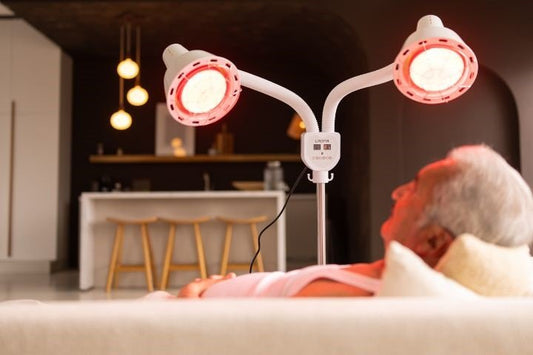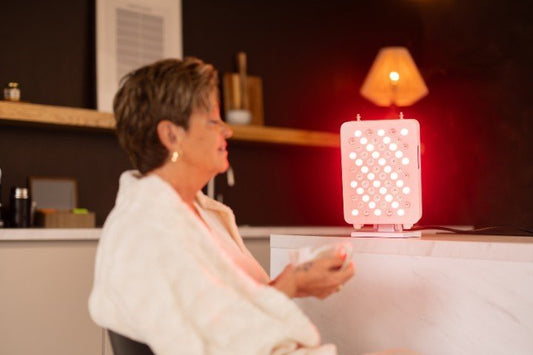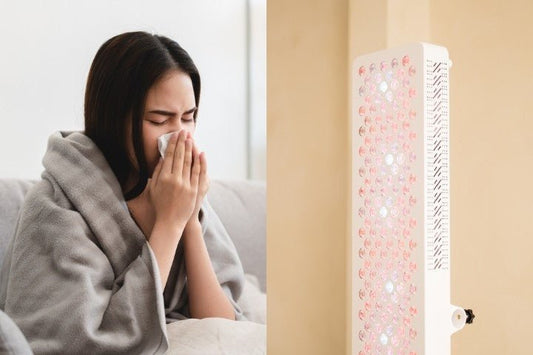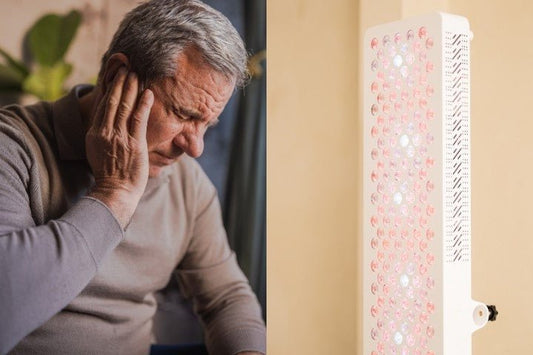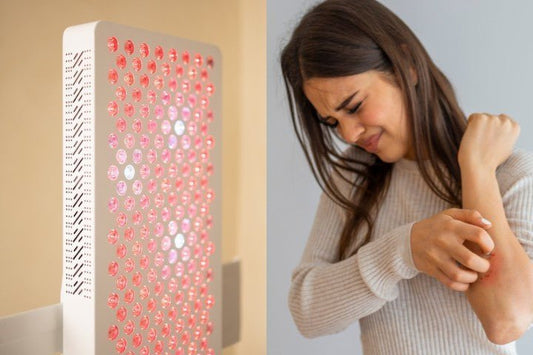Pain in your knees, back, or from migraines? Inflammation can be a real nuisance, but there are natural solutions that offer relief. Discover in this blog what anti-inflammatories are, how they work, and what alternatives you can try. Read on and give your health a boost!
Please note! The following information is not intended as medical advice. It is compiled based on our own knowledge, customer experiences , and various online sources.
Table of contents

What are anti-inflammatories?
Anti-inflammatories are medications that reduce your body's response to inflammation. Inflammation often occurs as a natural reaction to injury, illness, or overuse. While this response is intended to protect your body, it can sometimes cause pain, swelling, and stiffness.
Often used for:
Anti-inflammatory drugs are often used for various complaints, such as:
- Menstrual pain
- Headache and migraine
- Toothache
- Back pain
- Rheumatism and osteoarthritis
- Gout
- Bursitis
- Flu and colds

How do anti-inflammatories work?
Anti-inflammatories block specific substances in your body that cause inflammation. This reduces pain and swelling, and gives you more freedom of movement. Natural anti-inflammatories often do this by supporting your immune system or promoting your body's own healing process.
What are the side effects?
With regular anti-inflammatory drugs, such as painkillers, you may experience:
- Stomach complaints
- Dizziness
- Nausea
- Fatigue
- High blood pressure
Natural anti-inflammatories generally have a lower risk of side effects, but even here, you should be careful with excessive use or if you have allergies. If in doubt, always consult a specialist.

Natural Anti-Inflammatories: 4 Remedies
If you want to reduce inflammation without synthetic medications, you can consider natural alternatives. These not only help with pain and swelling but also support your overall health.
1. Nutrition / supplements
Nutrition is one of the most powerful ways to naturally support your body in fighting inflammation. By adding anti-inflammatory ingredients to your diet, you can improve your health and reduce symptoms.
- Omega-3 fatty acids : Found in oily fish (such as salmon and mackerel), flaxseed, and chia seeds. Omega-3 helps reduce inflammation in joints and may alleviate symptoms of osteoarthritis and rheumatism.
- Turmeric : This yellow spice contains curcumin, a substance with strong anti-inflammatory properties. Turmeric can help with conditions such as joint pain, osteoarthritis, and muscle stiffness. It's often used as a supplement for a concentrated effect.
- Boswellia : Also known as frankincense, it's a natural anti-inflammatory often used for chronic conditions like rheumatism and osteoarthritis. Boswellia has a calming effect on your immune system and supports joints and muscles .
- Ginger : This root has analgesic properties and helps with inflammation. Ginger is ideal for muscle pain , menstrual cramps, and headaches.
- Vitamin D and magnesium : These nutrients play a key role in regulating inflammation. A deficiency can worsen symptoms such as muscle pain and fatigue.
Combining a healthy diet with high-quality supplements can have a huge impact on your well-being.

2. Red light therapy
Red light therapy , also called photobiomodulation, is a non-invasive method for reducing inflammation and promoting healing. It uses specific wavelengths of red light (630-660 nm) and near-infrared light (830-850 nm), which penetrate deep into the skin and stimulate the energy factories of your cells, the mitochondria . This leads to less pain, faster healing, and improved cell repair.
View all red light therapy lamps
How does it work?
Red light penetrates the skin 5-10 millimeters deep, while near-infrared light reaches deeper tissue. This makes the therapy effective for conditions such as joint pain, muscle recovery, and skin problems.
How do you use it?
- Frequency : 3-5 times per week.
- Duration: 10-20 minutes per session.
- Distance : 50-100 cm from the lamp, unless otherwise stated.
Red light therapy is safe, painless and ideal as a supplement to a healthy lifestyle for reducing inflammation and pain.

3. Sufficient exercise
Regular exercise is essential for reducing inflammation and maintaining healthy joints and muscles. It stimulates blood circulation and helps remove waste products more quickly. It also strengthens the muscles around joints, which can reduce pressure and pain.
- Light forms of exercise such as walking, cycling or swimming are ideal if you suffer from painful joints.
- Yoga and stretching promote flexibility and reduce stiffness.
- Strength training can help strengthen muscles, which provides better support to your joints.
The most important thing is to listen to your body and choose exercises that suit you. Overexertion can actually worsen your symptoms.

4. A healthy sleep pattern
Sleep is crucial for recovery and reducing inflammation in your body. While you sleep, your body produces substances that reduce inflammation and strengthen the immune system. Poor sleep, on the other hand, can lead to increased inflammation and more pain.
Tips for a healthy sleep pattern:
- Create a regular routine : Go to bed and get up at the same time every day.
- Avoid screens before bed : The blue light from screens can disrupt your biological clock.
- Make sure you have a dark, cool bedroom : This promotes deeper sleep.
- Use relaxation techniques such as meditation or breathing exercises to calm down.
By optimizing your sleep pattern, you give your body the opportunity to effectively tackle inflammation.







